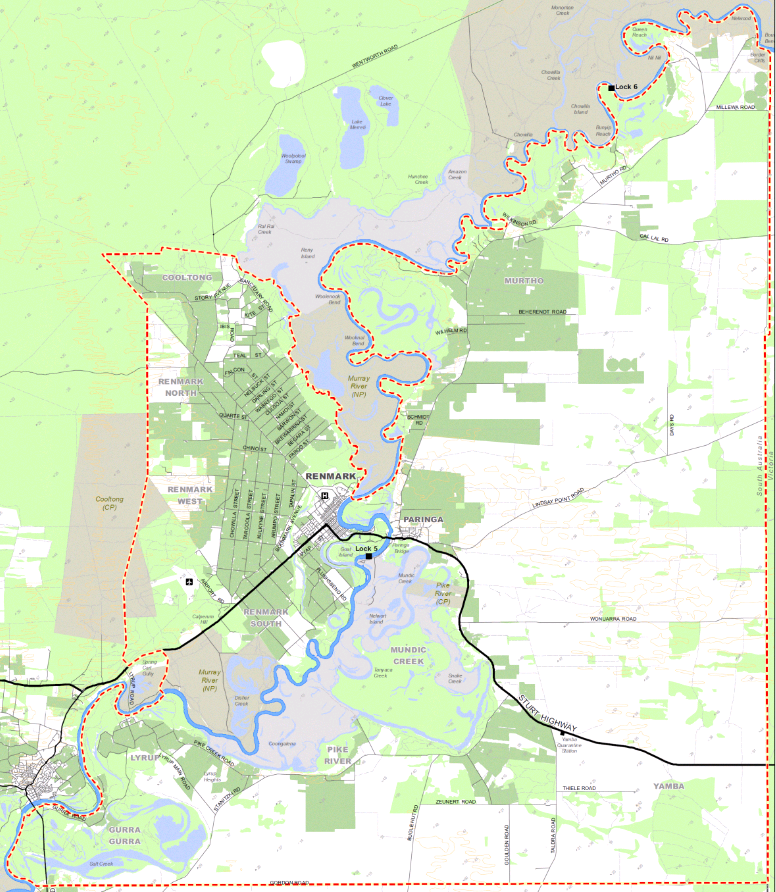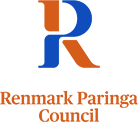Role of local government
What is Local Government's Role?
Renmark Paringa Council is one of 68 Councils which operates in South Australia.
The Constitution Act 1934 (SA), the Local Government Act 1999 (SA), and the Local Government (Elections) Act 1999 (SA), create the legal framework within which Local Government operates and the four-yearly election process (next Election will take place in 2022) which underpins the representative nature of Local Government Councils.
Renmark Paringa Council is made up of democratically elected members, who (assisted by a workforce of 55) support and develop the community. Elected Members and staff consult with the local community on the appropriate management of community infrastructure and to identify the appropriate provision of services to people who live, work, do business in, and visit the local Council area.
What is Renmark Paringa Council's Role?
Renmark Paringa Council covers an area of approximately 407 square kilometres and is home to approx. 10,000 residents. The Council was formed in 1996 after the amalgamation of the Corporation of the Town of Renmark and the District Council of Paringa. The area has three major settlements being Renmark, Paringa and Lyrup.
The Renmark Paringa economy is centered on irrigated primary production, with viticulture being the major industry, supported by an expanding citrus and almond industry with stone fruit and vegetables. Dry land farming is also a major primary industry in the district. Tourism plays a major part in our economy with the River Murray the predominant tourist attraction.

All Councils have basic responsibilities under the Local Government Act and other relevant legislation. These include:
- Management of basic infrastructure including roads, footpaths, parks, public open space, street lighting and storm-water drainage
- Waste management including kerbside collection and the Waste Transfer Station and the management of the Community Wastewater Management Schemes (CWMS)
- Development planning and control, including building fire safety assessment
- Various environmental health services
- Other legislative responsibilities such as animal control and bushfire prevention
- Cemeteries
- Regulatory activities such as supporting the elected Council, maintaining the assessment records and voters roll
- Setting rates, preparing an annual budget and determining longer-term strategic management plans for the area.
The Council also provides further services that are not required by legislation, but provide additional amenity and quality of life benefits to the community. Council has direct or indirect involvement in over 30 programs, projects or services that are incorporated in the following areas:
- Library
- Public Conveniences
- Visitor Information Centre
- Economic development including tourism support
- Sport and Recreation grounds
- Community services – including youth activities
- Aged persons support
- Multicultural activities
- Halls
- Heritage (i.e. PS Industry)
- Community events
- Environment (e.g. Renmark to the Border Local Action Planning, Clean up Australia Day, etc)
- Cooperating and collaborating with other agencies to gain the best outcomes for our community (including neighbouring Councils, industry groups, State and Federal departments).
The Council also operates a number of facilities on a fee for service basis. These provide community benefits while also generating revenue to offset (partially or fully) the cost to the community at large and include:
- Swimming pool
- Recreation Centre
- Cemeteries
- Aerodrome
- Houseboat marinas.
